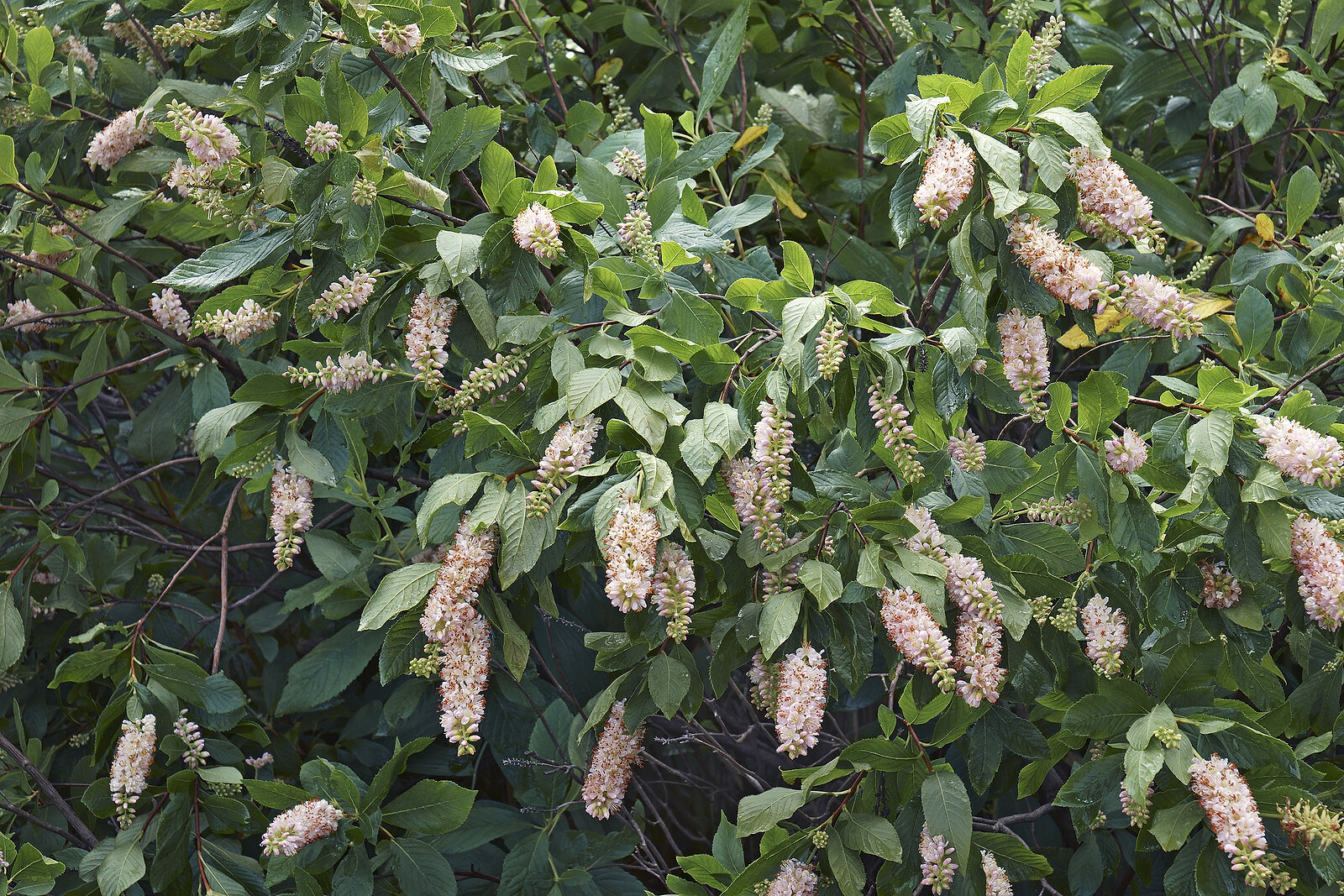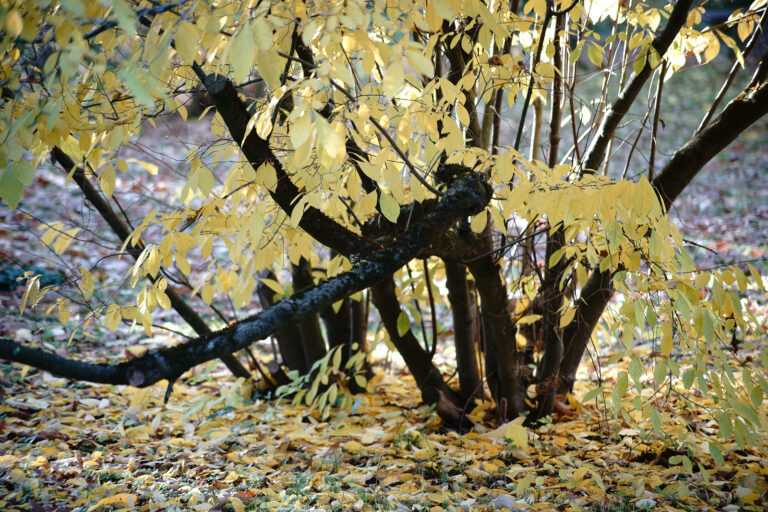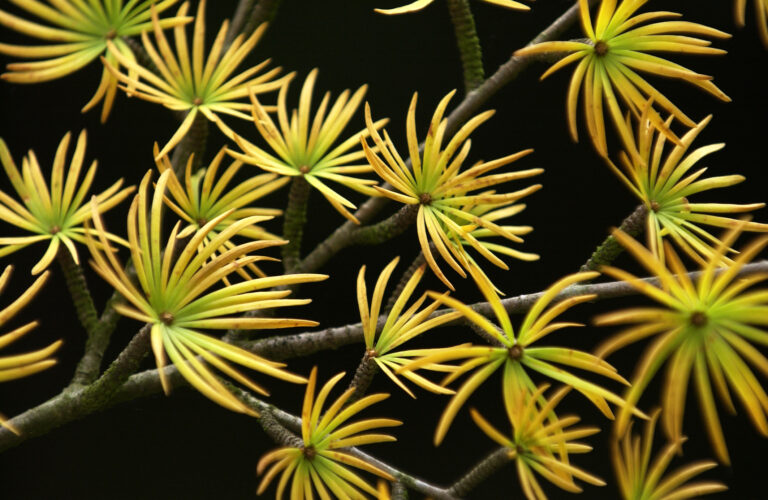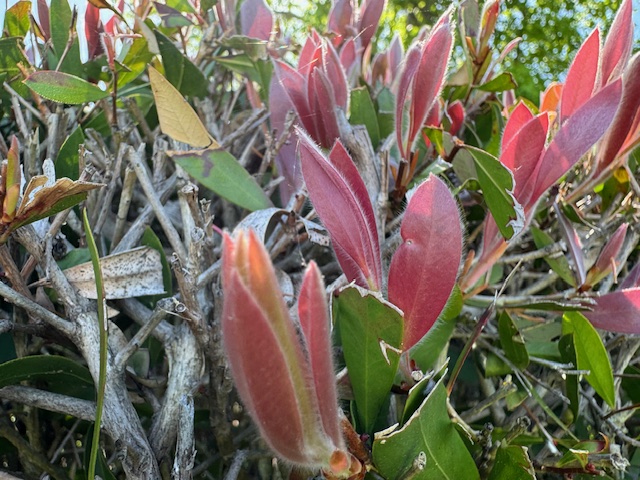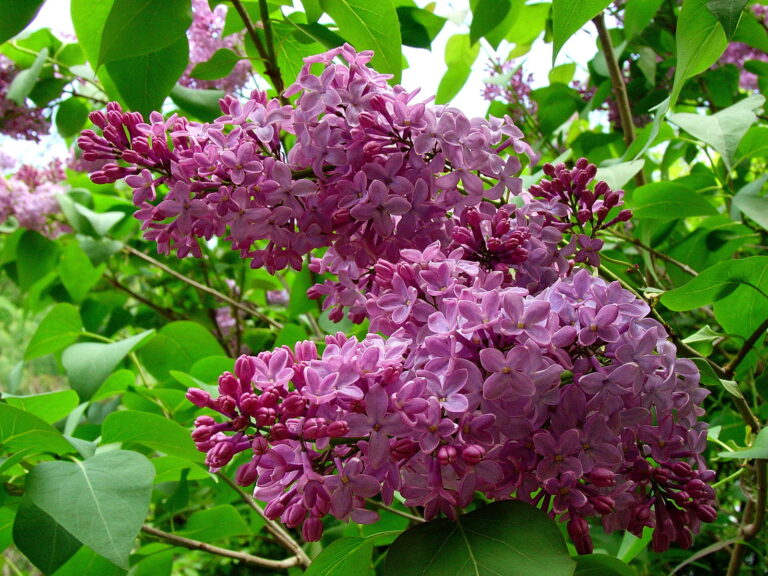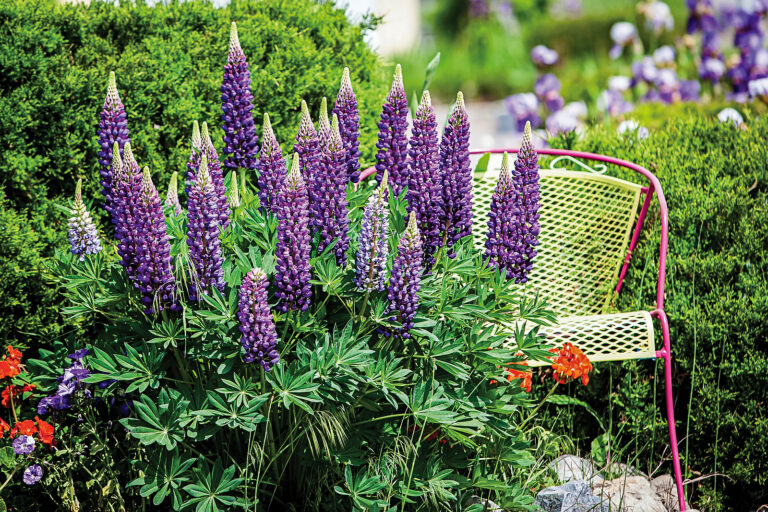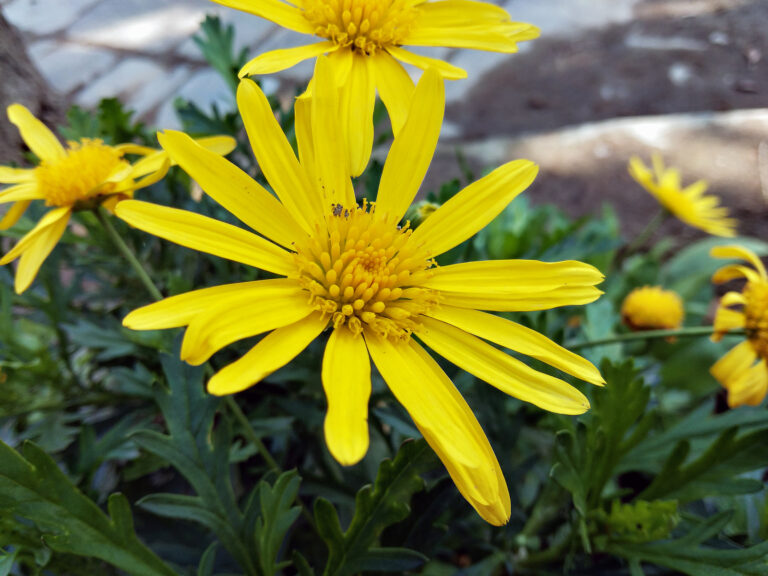How to Grow Clethra — Summersweet
Clethera–commonly called Summersweet–is a deciduous shrub that produces an abundance of tiny delightfully fragrant white or yellowish-white blossoms in dense 3- to 5-inch (7.6-12cm) spikes in late summer. The flowering season lasts for four to six weeks.
Clethera are well suited for planting in mixed borders and woodland gardens. Plants can be grown indoors in cold winter regions and moved outdoors in summer.
Clethera is a genus of about 60 species of deciduous trees and evergreen shrubs and trees. They are native to woodland, swamps, and rocky places in North America and East Asia.
Get to Know Clethra
- Plant type: Deciduous late summer-blooming shrub
- Growing Zones and range: Zones 4 to 9
- Hardiness: Half-hardy
- Height and width: 4 to 10 feet (1.2-3m) tall, 4 to 6 feet (1.2-1.8m) wide
- Foliage: Oblong, alternate, mostly lance-shaped, toothed are mid- to dark-green
- Flowers: White or or yellowish white fragrant bell- or cup-shaped flowers borne in racemes or panicles
- Bloom time: Summer
- Uses: Hedges, shrub borders
- Common name: Summersweet
- Botanical name: Clethra alnifolia
- Family: Clethraceae
- Origin: North America and East Asia
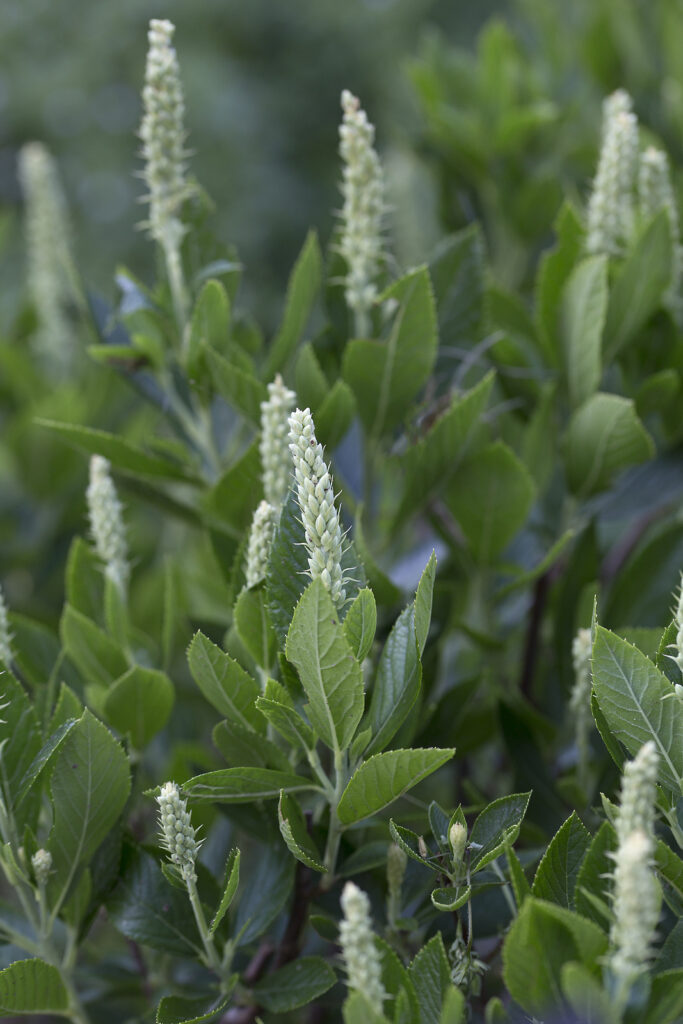
Where to Plant Clethra
- Plant Clethra in full sun to medium shade, especially in hot summer areas n Zones 7-9.
- Grow Clethra in humus-rich, moist to wet, acidic soil.
When to Plant Clethra
- Set established Clethra in the garden in spring or fall. Summersweet is slow to establish itself.
Planting and Spacing Clethra
- Space Clethra 4 to 6 feet apart.
How to Water and Feed Clethra
- Clethra needs ample moisture; keep the soil evenly moist.
- Feed Clethra a balanced liquid fertilizer monthly.
- Clethra does not need fertilizer in moist conditions.
Clethra Care
- Mulch around Clethra to conserve soil moisture and keep the soil cool.
- Dig up suckers to keep Clethra from becoming invasive.
- Clethra blooms on new growth, so prune annually in mid- to late-winter before new growth begins. One new growth begins, pruning will result in the plant bleeding sap.
- Clethra is usually pest and disease-free, but spider mites can be a problem in dry conditions.
Clethra Pests and Diseases
- Clethra can develop fungal dieback and root rot.
- Clethra have no series pests.
Clethra Propagation
- Sow seed at 43-54°F (6-12°C) in spring or autumn, or sow seed of hardy species in containers outdoors in spring or autumn.
- Root semi-ripe cuttings of evergreens in mid- or late summer.
Clethra Varieties to Grow
- Clethra acuminata, Cinnamon clethra, medium-sized, suckering shrub or small tree with cinnamon-brown bark and alternate, elliptic to oblong, simple, lustrous dark green leaves, 3-6 inches (8-15cm) long. In midsummer, bears long, solitary, terminal racemes, 3-8 inches (8-20cm) long, of fragrant white flowers, .25 inch (6mm) across. To 8-12 feet (2.5-4m) tall and wide. West Virginia to Alabama.
- C. alnifolia, Sweet pepperbush, Summersweet, upright, suckering, deciduous shrub with oval, mid-green leaves, often turning yellow in autumn, to 4 inches (10cm) long. In late summer and early autumn, bears bell-shaped, fragrant white flowers, to .5 inch (1.5cm) across, in dense, upright, terminal racemes, to 6 inches (15cm) long. To 8 feet (2.5m) tall and wide. Eastern United States.
- C. arborea, Lily of the valley tree, broadly conical, evergreen shrub or tree with red young shoots and oval, dark green leaves, to 6 inches (15cm) long. Cup-shaped, very fragrant white flowers, to .4 inch (8mm) across, are produced in lax, terminal racemes, to 6 inches (15cm) long, from late summer to midautumn. To 25 feet (8m) tall and 20 feet (6m) wide. Madeira.
- C. barbinervis, Japanese sweet shrub, upright, deciduous shrub with attractive, peeling bark when mature, and obovate-elliptic, dark green leaves, to 5 inches (13cm) long, turning red and yellow in autumn. Bell-shaped white flowers, to .4 inch (8mm) across, are produced in arching, terminal racemes, to 6 inches (15cm) long, from late summer to autumn. To 10 feet (3m) tall and wide. East China to Japan.
- C. delavayi, upright, deciduous shrub with arching shoots and lance-shaped, rich blue-green leaves, to 6 inches (15cm) long. Nodding, cup-shaped white flowers, .5 inch (1.5cm) across, produced in dense, terminal racemes, to 10 inches (25cm) long, open from pink buds in midsummer. To 12 feet (4m) tall and wide. West China.

